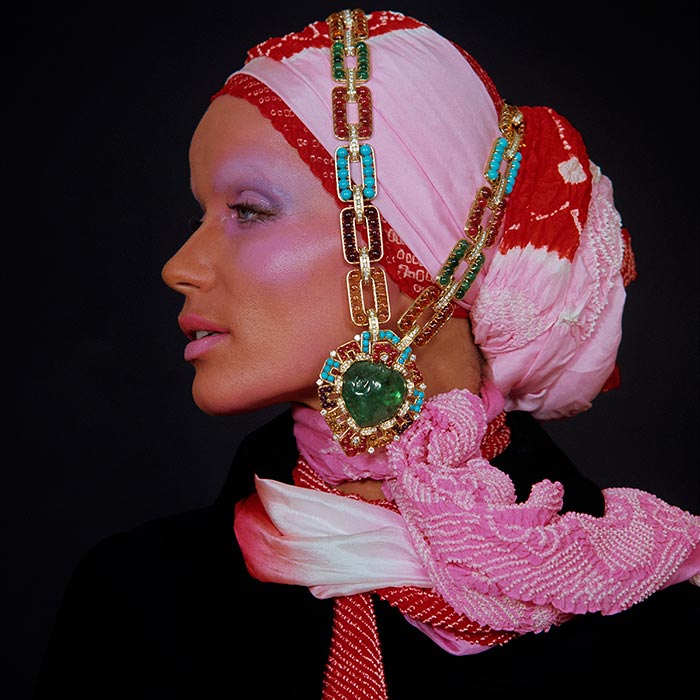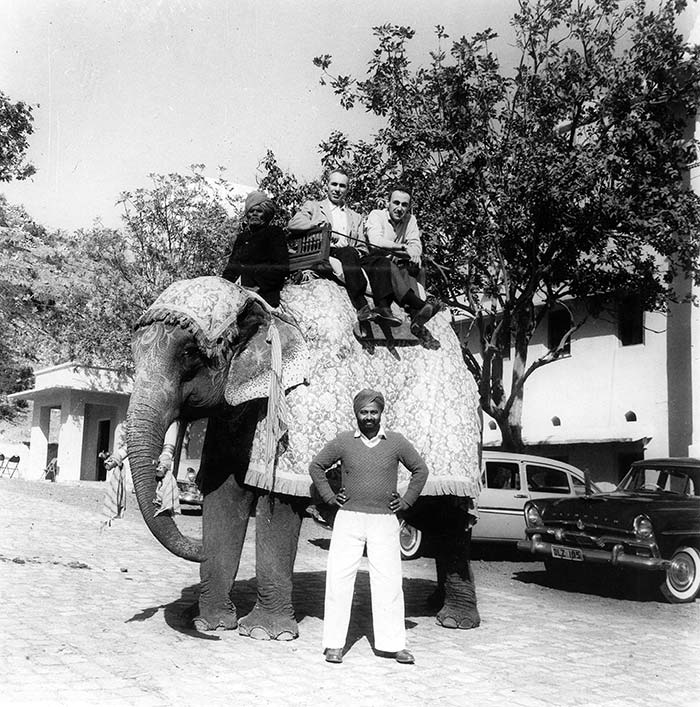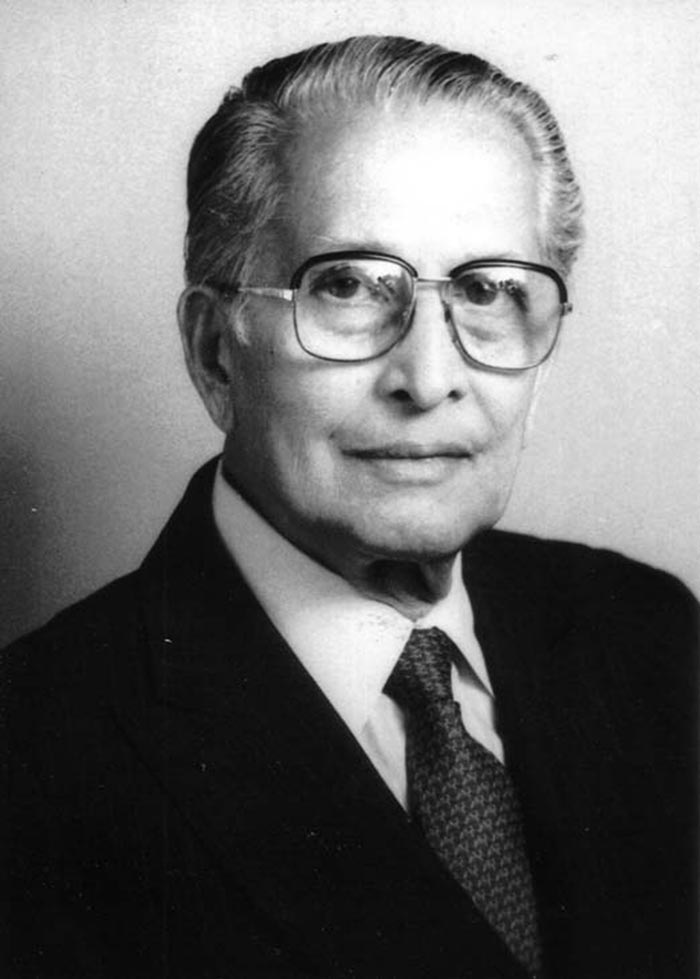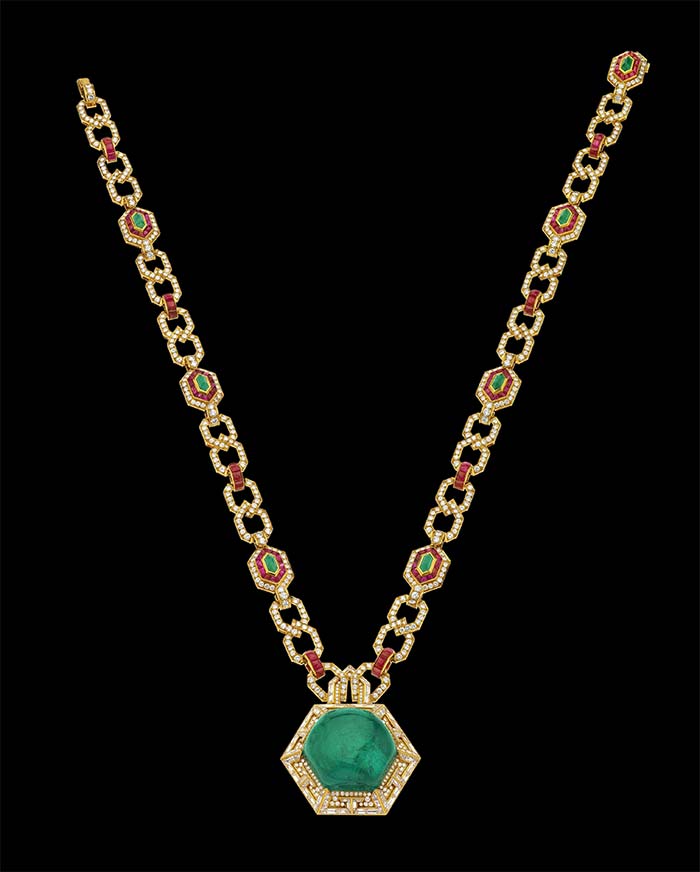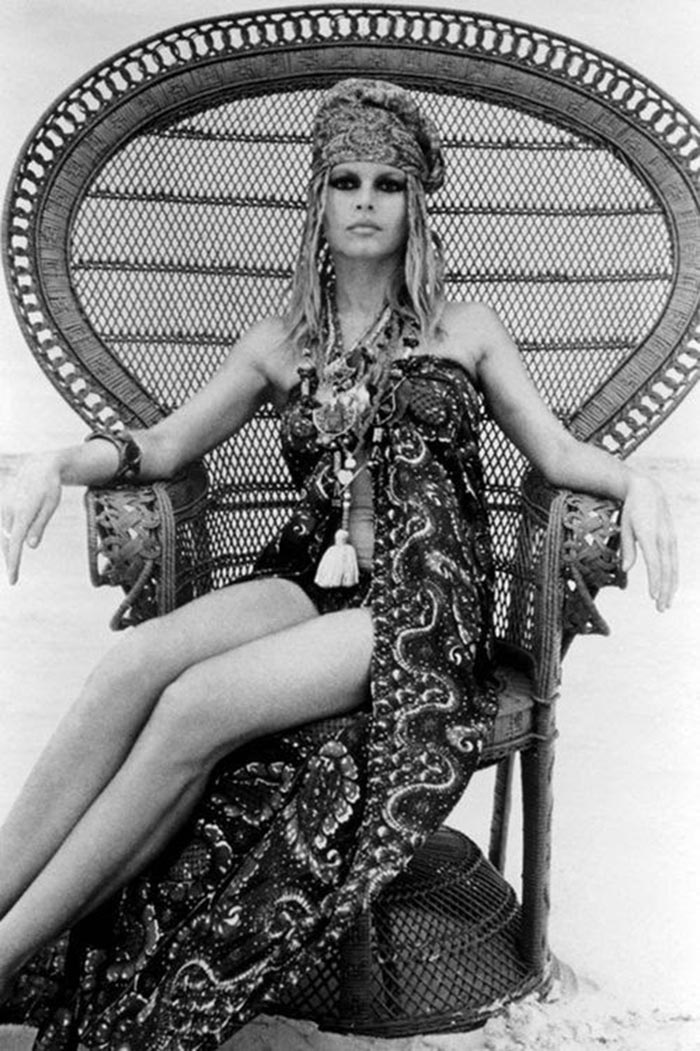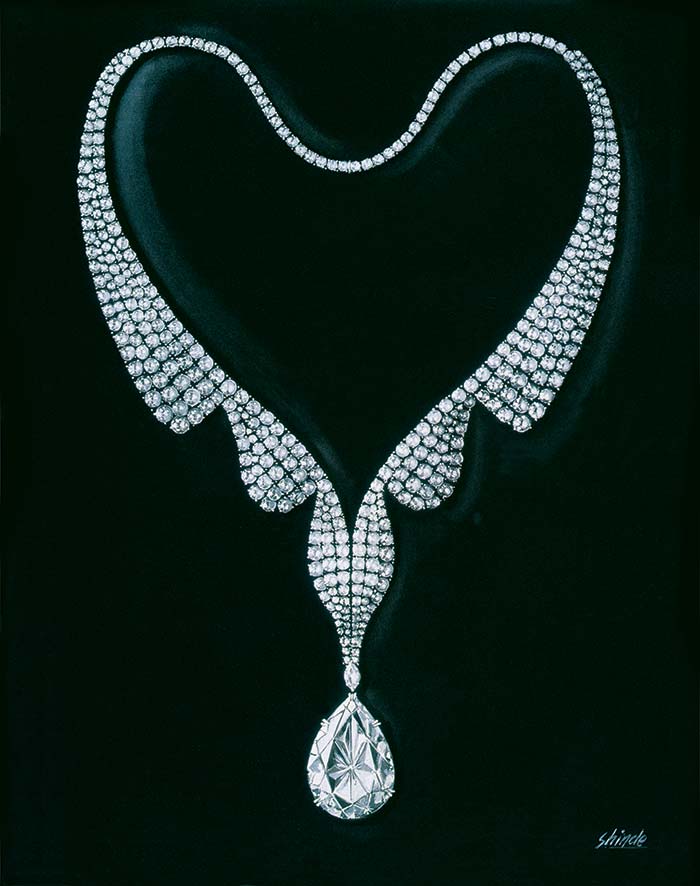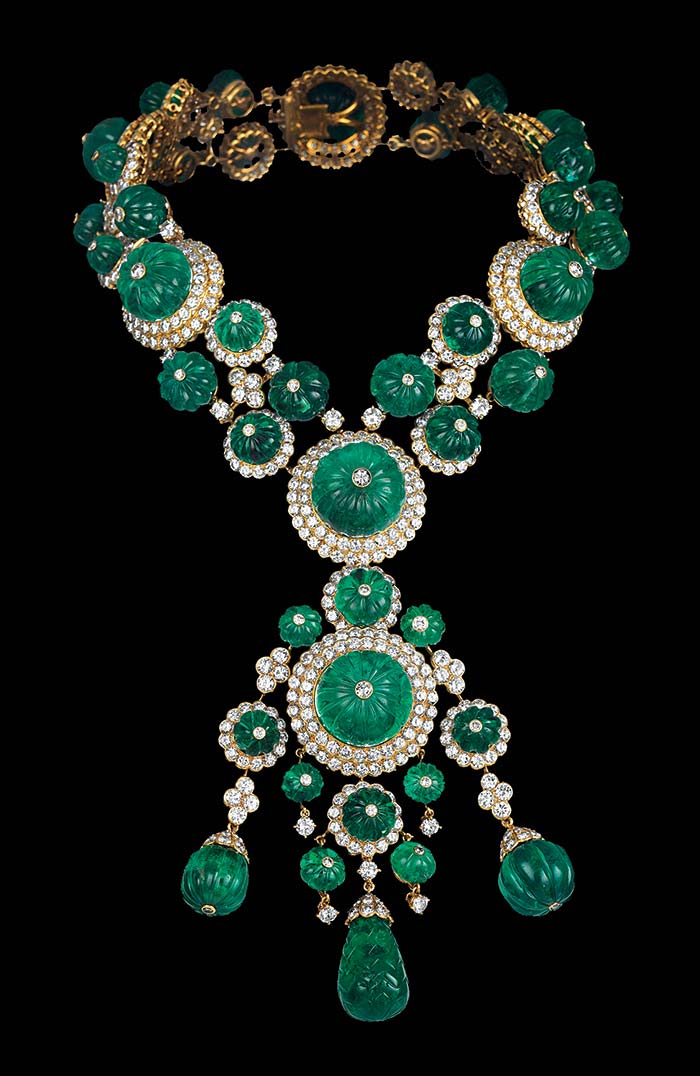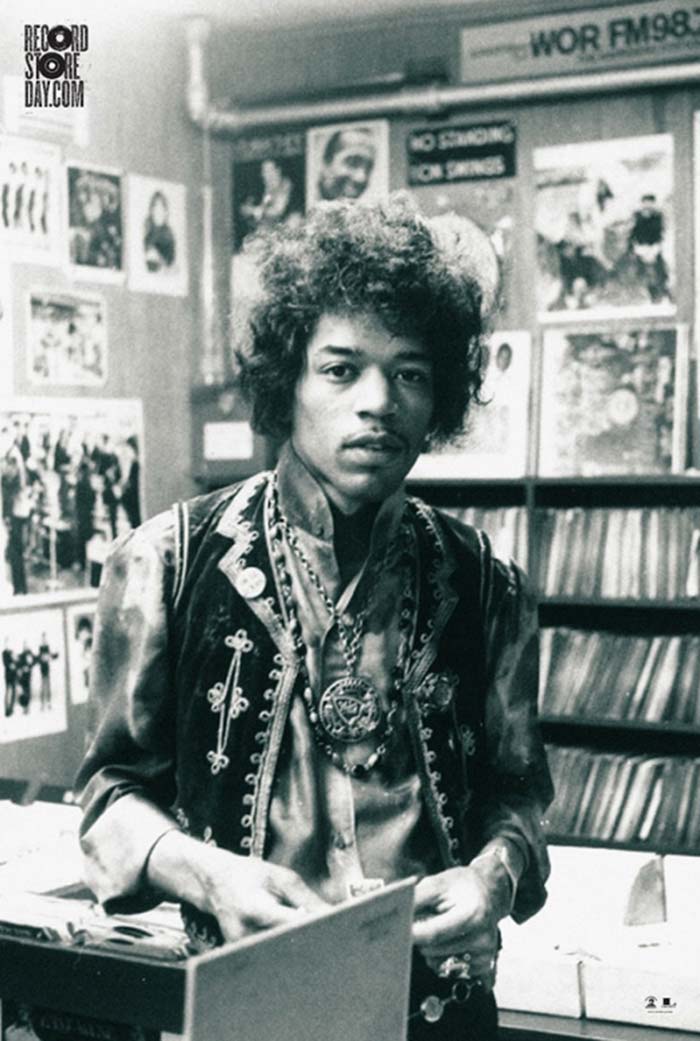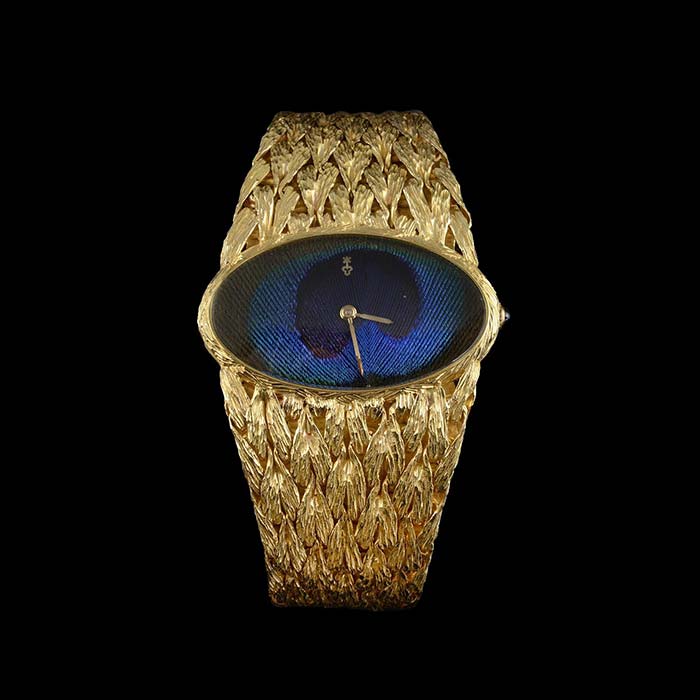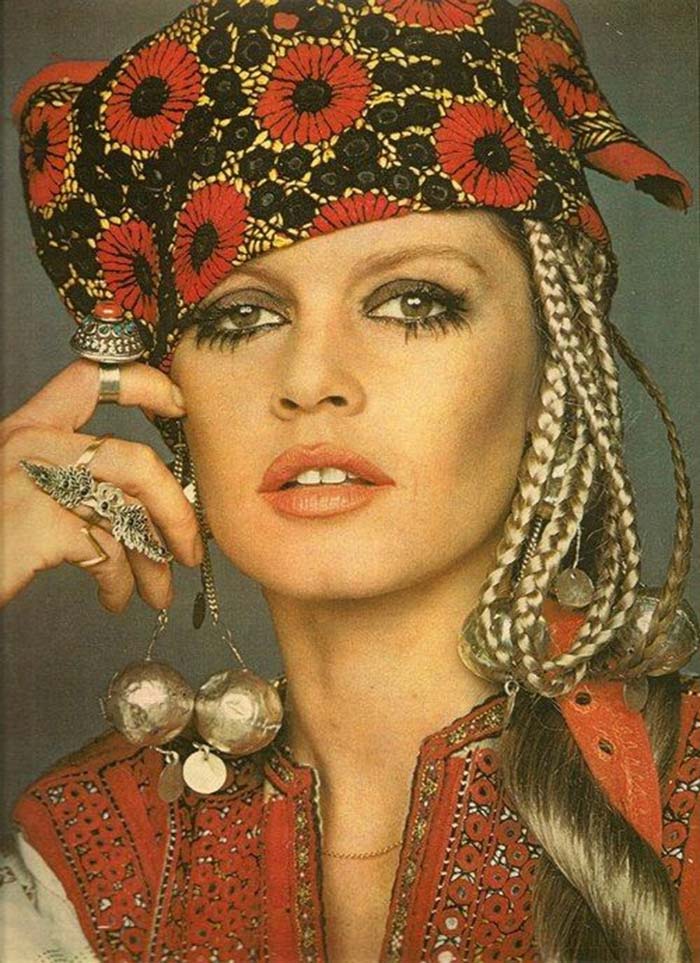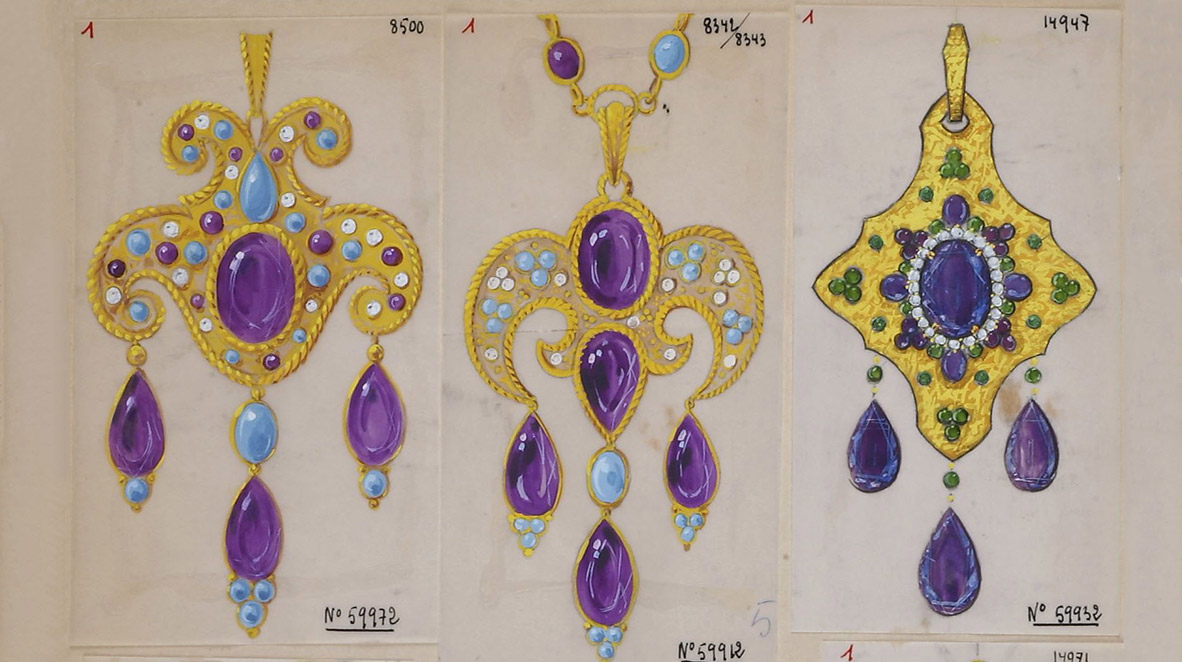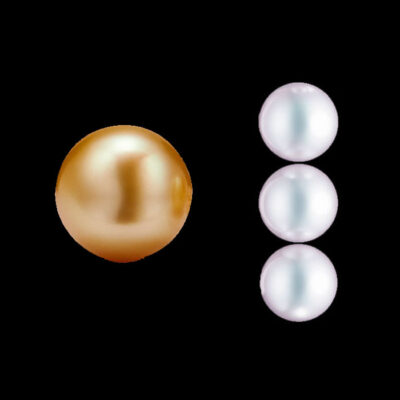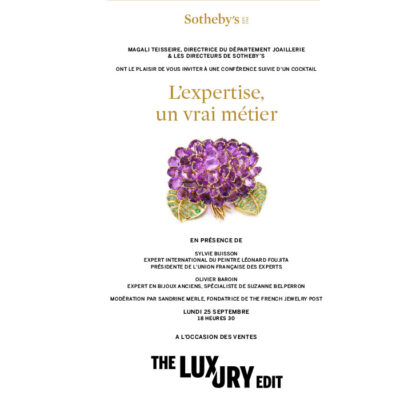Business
23 March 2017
Share
India and the 70s
A taste of India was essential in the 1970s for enthusiasts of exotic voyages.
After India’s independence, Western jewelers from Van Cleef & Arpels to Harry Winston through to Garrard, Bulgari and Cartier jostled each other in India to buy up the Maharajas’ precious stones and jewelry. A sometimes farcical task because the latter being highly superstitious and would need to consult the position of the planets before deciding to sell these riches. Buyers sometimes had to persist for months before finalizing a sale, moreover, in the newly independent India this trade was considered illegal as jewelry was thought to be a national treasure.
Royal stones
The American, Florence Jay Gould, purchased the “Blue Queen” a 114-carat oval sapphire set on a necklace by Van Cleef & Arpels, one of the biggest buyers on the Indian royal market. Princess Salimah Aga Khan bought a necklace with 44 ribbed emeralds from them, which probably once were part of a parade jewelry piece. Women discovered clusters from Harry Winston’s and diamonds in bunches and bouquets put together by Shinde, their new Indian designer met in Bombay. He managed to achieve a perfect synthesis of these two diametrically opposed styles.
Hippie chic jewelry
Elegant and wealthy clients from New York, Paris and London adopted jewelry with a flavor of India. Decked out in flares, tunics and caftans from the such likes as Yves Saint Laurent, they wore one or several sautoirs, this necklace descending to the navel was directly inspired by those of the maharajas. They spiraled their bracelets like a snake high around the top of the arm just like Indian princes did with the bazuband.
India in Italy
A fashion of outrageous color combinations in malachite, coral and turquoise. The most famous Italian was Bulgari which, at that time, abandoned the very straight mix of sapphires-diamonds-emeralds-rubies to launch a style coming directly from this Indian influence. Polished stone cabochons were set in bold color combinations on rounded and smooth mounts. Photographed for Vogue, the famous model Veruschka is seen here wearing a multicolored turban and a long necklace adorned with an incredible, engraved emerald probably coming from a maharaja’s treasure.
In the street
Far from the sumptuous jewelry of princes, the hippies of the 1970s turned to pieces worn by women from Gujarat or Rajasthan. In a long skirt with ruffles and a t-shirt with a pacifist slogan, this 20-year-old girl rummages through the flea markets and Carnaby Street shops filled with imported, real or fake fancy wears. To the music of Jimi Hendrix, they dance topped with leather headbands and adorned with silver hoop earrings decorated with tiny tinkling bells, flower-design pendants made out of shells and glass-bead necklaces in all colors. And on each finger, a big ring or two.
A peace and love trend 1980s glam pop would soon sweep aside.
Drawings: Boucheron


